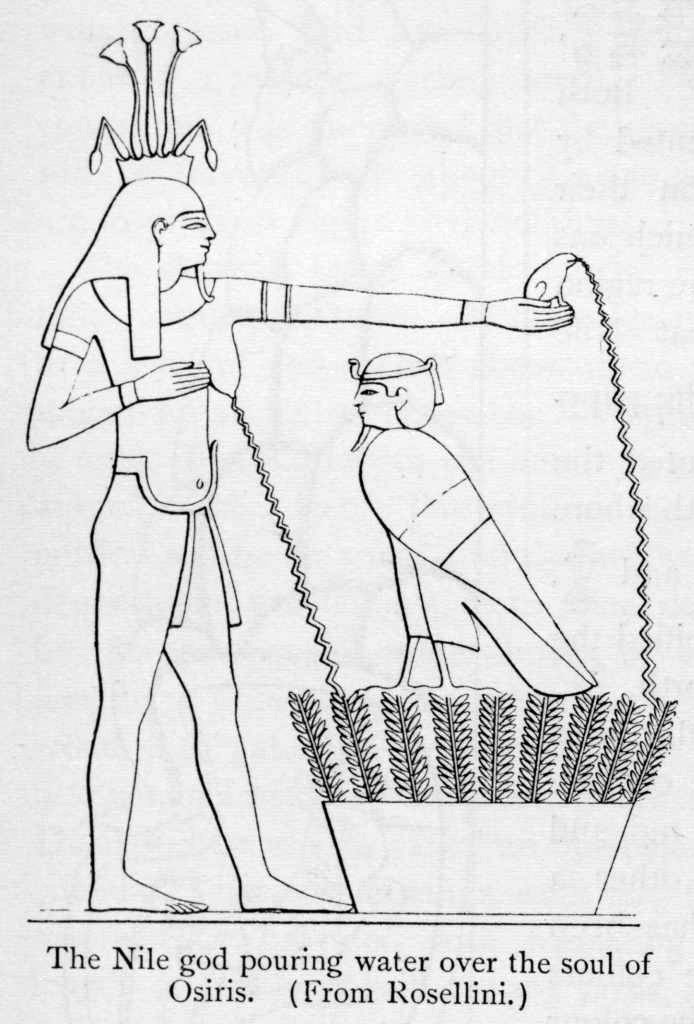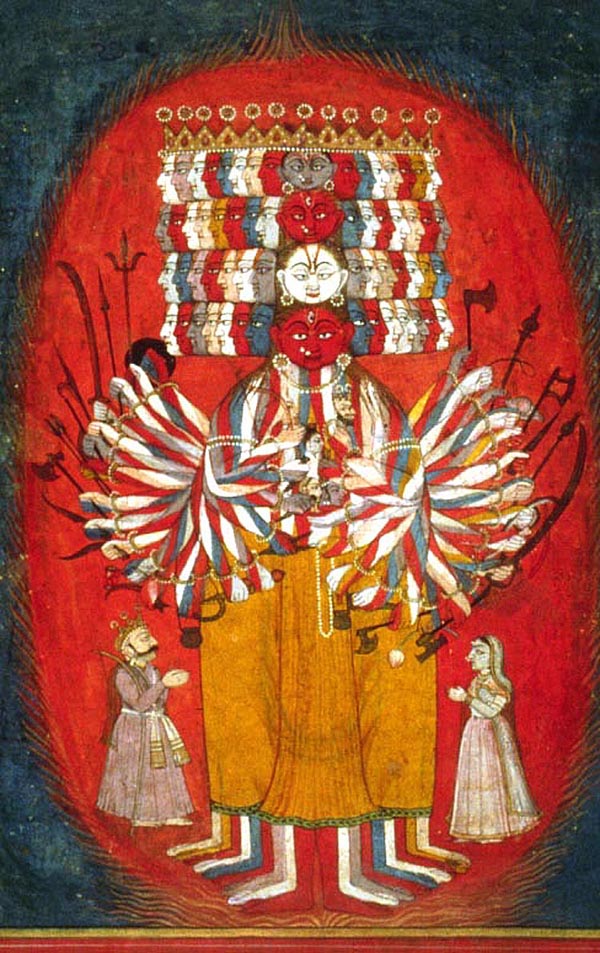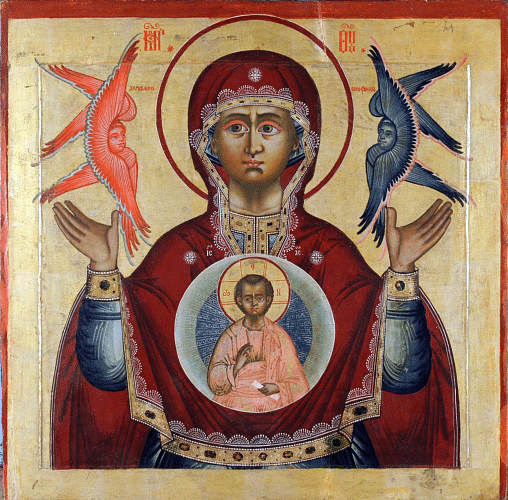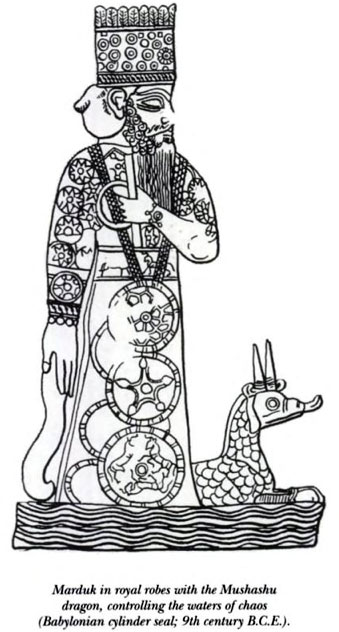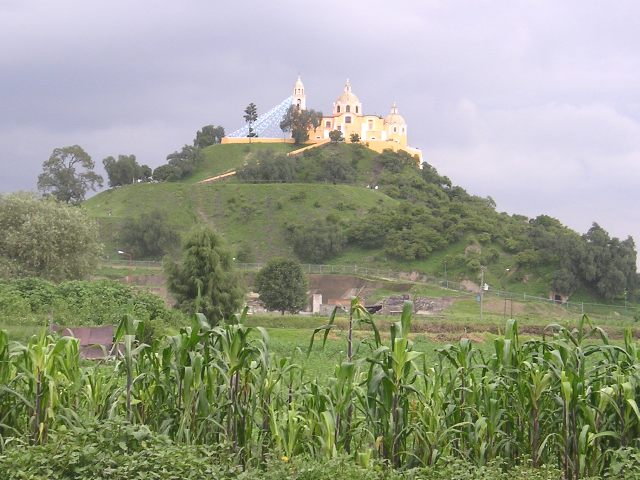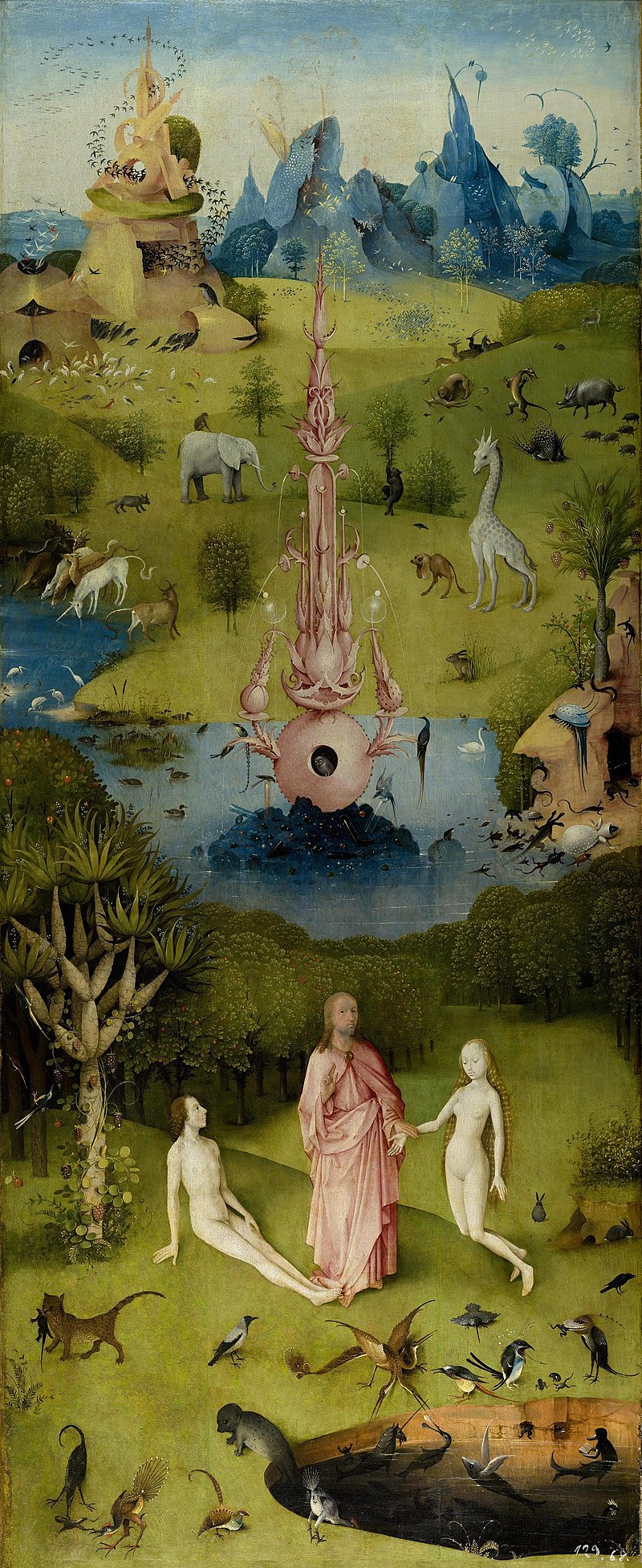Osiris (Usiris, Asar, Asari, Aser, Ausar, Ausir, Wesir, Usir, Usire or Ausare) was god of the afterlife, the underworld and the dead, over whom he was said to be a merciful judge. He is the oldest son of Geb the Earth god and Nut the sky goddess, making him Isis’s brother; he later became her husband, begetting Horus, in one of the all-time strange myths.
There are various versions, but basically Osiris’s brother Set (Seth) tricked him into getting into a coffin or box, which Set then sealed with lead and dropped into the Nile River. When Isis finds out, she goes after the box, fearing that without proper rituals and burials, Osiris will not be able to enter the Land of the Dead. Isis finds the coffin embedded in a tree which is being used for a pillar in the palace of the King of Byblos.
Isis retrieves the coffin by curing the king’s son of a nasty illness, but leaves it in a marsh, where Set happens to find it. He cuts Osiris into 14 pieces (some say 13, some say 16 or 26) and distributes the chunks throughout Egypt. Isis, with the help of Set’s sister/wife Nephthys, eventually finds all the parts except for one — the phallus — which was eaten by a fish with a nose like Set’s. Isis fashions another phallus from gold, then sings a magical song and breathes life into Osiris long enough for her to, in the form of a bird, impregnate herself with his seed.
Diodorus Siculus gives another version of the myth in which Osiris is described as an ancient king who taught the Egyptians the arts of civilization, including agriculture. Osiris is murdered by his evil brother Set, whom Diodorus associates with the evil Typhon (“Typhonian Beast”) of Greek mythology. Typhon divides the body into twenty six pieces which he distributes amongst his fellow conspirators in order to implicate them in the murder….
The tale of Osiris becoming fish-like is cognate with the story the Greek shepherd god Pan becoming fish like from the waist down in the same river Nile after being attacked by Typhon (see Capricornus). This attack is part of a generational feud in which both Zeus and Dionysus were dismembered by Typhon, in a similar manner as Osiris is by Set in Egypt. —From http://en.wikipedia.org/wiki/Osiris
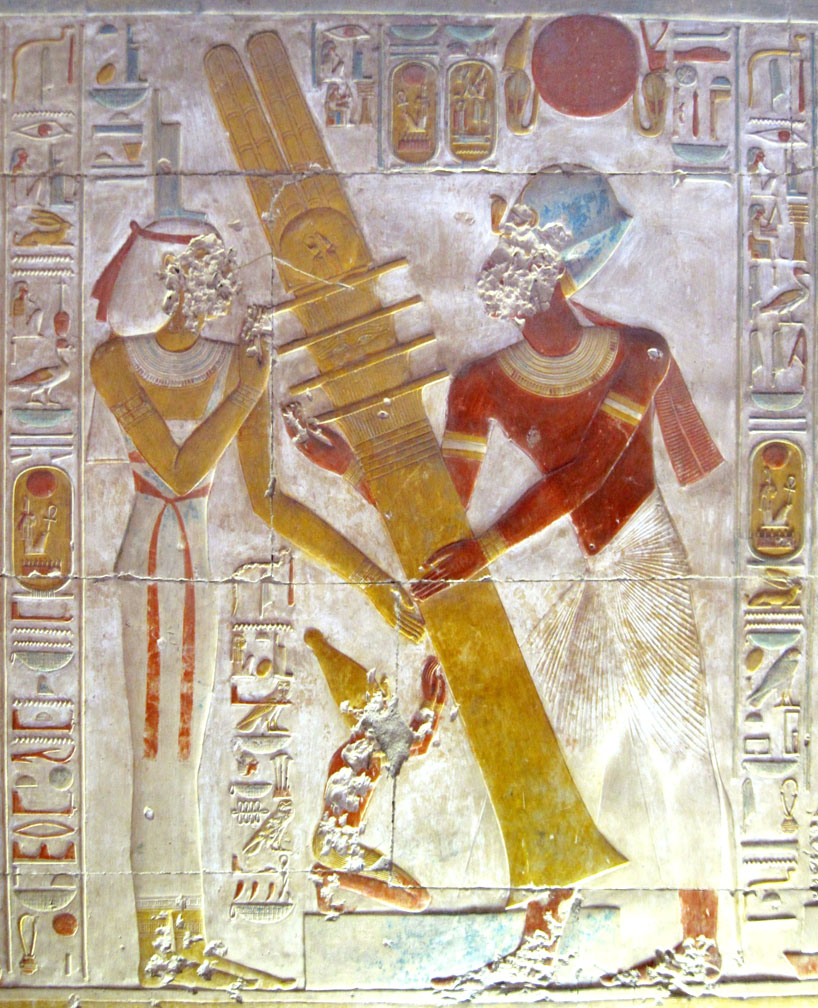
source
The hugely popular Cult of Osiris allowed anyone who could afford it — not just pharaohs — to have a shot at eternal life — based on moral behavior and ability to pay for appropriate funerary practices.
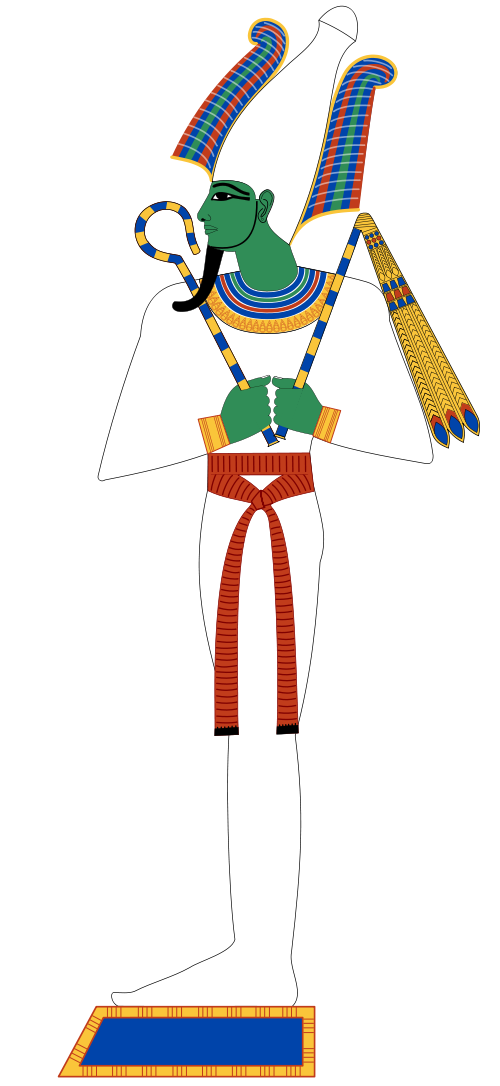
The flail (nekhakha) was a short rod with three beaded strands attached to its top. Its form was clearly ceremonial but probably derived from a shepherd’s whip. It may also have derived from the ladanisterion which is used to collect ladanum from the leaves of the cistus plant (or other gum bearing plants) which could then be used in the preparation of incense.
The flail was [a] popular emblem of pharaonic power. In early Egyptian history it appears on its own … but in later times if was often paired with the Heqa staff (or crook). Like the Heqa, the flail was associated with the regal gods such as Andjety and Osiris. The flail was also associated with the ithyphallic deities [gods or god statues having an erect penis], in particular Min, and often depicted hovering above the hand raised above their head. The flail was also associated with certain sacred animals (such as sacred bulls and hawks) who were often depicted carrying a flail on their backs. —© J. Hill 2010, http://www.ancientegyptonline.co.uk/royalemblems.html


source
According to Egyptologist E. A. Wallis Budge, the story of the resurrection of Osiris is related to the Christian resurrection:
The Egyptians of every period in which they are known to us believed that Osiris is of divine origin, that he suffered death and mutilation at the hands of the powers of evil, that after a great struggle with these powers he rose again, that he became henceforth the king of the underworld and judge of the dead, and that because he had conquered death the righteous also might conquer death… In Osiris the Christian Egyptians found the prototype of Christ, and in the pictures and statues of Isis suckling her son Horus, they perceived the prototypes of the Virgin Mary and her child. —http://en.wikipedia.org/wiki/Osiris
In temple rites, bread in the shapes of Osiris’s various parts is eaten.
